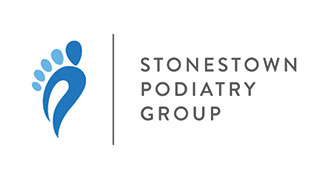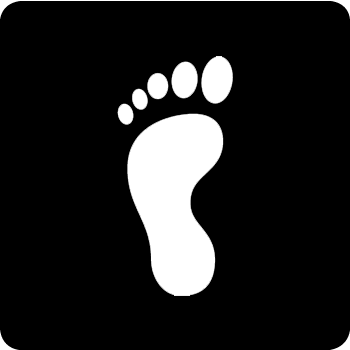- posted: Jan. 11, 2019
Your right foot is sore where the big toe meets the midfoot. You notice a reddened bulge on the side, too. Could this be a bunion? The three podiatrists at Stonestown Podiatry Group in San Francisco see scores of bunions, treating most of them conservatively. If you suspect this common podiatric condition, get evaluated and treated right away so you stay fit and active.
What is a bunion?
A bunion is a podiatric medical condition which affects literally millions of American adults--more of them women than men, states the American Podiatric Medical Association. An inward, or oblique, turning of the big toe toward the second and even third toes, a bunion, or Hallux valgus, causes considerable pain and limits mobility.
People who have weight issues or who overpronate, or turn their feet toward the midline, form bunions more readily as do people who are on their feet a lot and who wear tight, high-heeled shoes. Additionally, bunions have a hereditary component. In other words, if you have a bunion, chances are a close relative has one, too.
Signs you have have a bunion include:
- A noticeable deformity (bump) of metatarsophalangeal joint between the bones of the foot and the big toe
- Pain (stemming from arthritis and bursitis)
- Swelling
- Redness and tenderness
- Callus and corn formation
- Changes in gait, overall mobility, and range of motion in the toes
An examination and digital X-rays at Stonestown Podiatry Group in San Francisco will tell you if you do have a bunion and what you can do about it. Dr. Alberts, Dr. Rolfes, and Dr. Lee approach bunions with conservative measures first, and usually these interventions succeed. Bunionectomy, a surgical removal of the bony bump and re-alignment and pinning of the big toe joint, is reserved for the most severe of cases.
Conservative treatment for bunions
Your foot doctor will recommend a treatment plan customized to your bunion, your overall health and your activity level. Most bunions respond well to simple interventions which may include:
- Rest, elevation, and ice
- Warm soaks
- Over-the-counter ibuprofen or acetaminophen for pain
- Change in shoes to lower heels and roomier toe boxes
- Shoe padding in the area of the bunion (gel pads or Moleskin)
- Semi-rigid orthotics, custom-made inserts which correct structural imbalances and gait issues (how your foot lands as you walk)
- Night splints which work well for young people with more malleable connective tissue and bone structure
- In-office corn and callus removal
Harvard Health says that cortisone shots also relieve pain and reduce inflammation surrounding a bunion. However, they must be used sparingly to avoid adverse side effects.
You and your bunion
A bunion does not disappear on its own. However, you can reduce the pain, stiffness and gait issues associated with a bunion by seeing your podiatrist at Stonestown Podiatry Group. Trust this experienced team to get you up and moving comfortably. Call the office today for an appointment in San Francisco, CA, (415) 731-6700. We have early morning appointments!
This website includes materials that are protected by copyright, or other proprietary rights. Transmission or reproduction of protected items beyond that allowed by fair use, as defined in the copyright laws, requires the written permission of the copyright owners.

